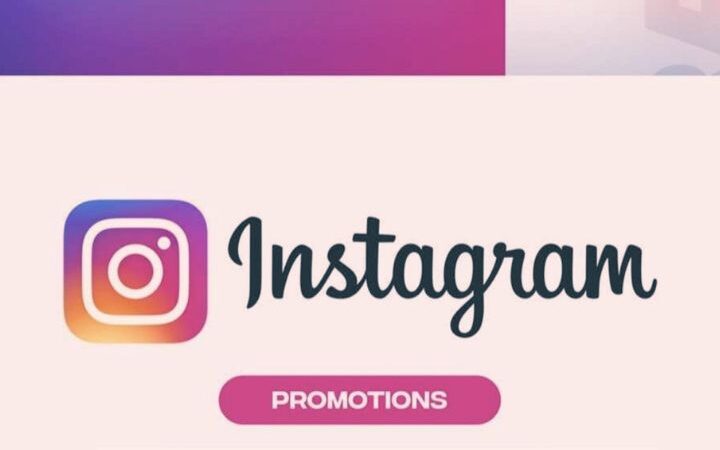Startup Branding – The 5 Important Trends You Should Know

A good business idea is no longer enough to make a startup a success. The competition is fierce, and standing out from the crowd is essential. What you need for this is a strong brand. startup branding should therefore play an essential role in the startup right from the start.
However, this requires a fair amount of creativity and know-how. And the principle of branding is subject to trends. You don’t have to follow every one of them – but you should at least know them and check which ones are worth following.
So what do they look like? The branding trends of the year? One of the essential marketing activities is branding. The so-called startup branding. Here are some exciting tips on how to strengthen your brand.
Startup Branding trend 1: customization
Individualization and personalization are currently becoming megatrends in many respects. This applies to products and services in general but also marketing, the UX area, and much more.
So far, however, it has hardly been associated with branding. That’s going to change. This means that online or social media marketing is increasingly tailored to the individual user, and image campaigns and other branding measures must be personalized for the target group and even better individualized for the individual.
Startup branding needs a personal touch, which is a crucial tip for startups. Because the more accurate the message is, the more the target group feels addressed and the greater the success of the branding measures.
For startups, individualized branding means a way to stand out from the crowd, stand out from the competition and generate the target group’s attention. As a result, branding marketing achieves a significantly higher effect.
Best practice example Coca Cola
Coca-Cola provides an excellent practical example of individualization in branding. In a campaign that has ended, the bottles can be ordered with a unique design – for example, with your first name.
Corresponding bottles are also exhibited in many shops or events, and the probability of a purchase naturally increases significantly as soon as someone discovers a bottle with their name.
How so? Because the person feels addressed personally! This principle also works for less well-known brands, which is why this trend is worth considering for every startup.
Startup Branding Trend 2: Subscriptions
It is also no coincidence that more and more brands are offering the option of subscriptions. Because in brand management, they are currently gaining in importance.
Whether it is a “subscription” for a newsletter, updates on social networks, or even for the regular delivery of products doesn’t matter.
The main thing is that the target group is linked to the brand in the best possible way, which not only serves to brand but also increases sales.
However, it is essential first to generate the attention of potential subscribers and encourage them to take the desired action.
For this, the subscribers must benefit from the “subscription.” For example, they have exclusive access to products such as a limited edition, or they receive regular offers such as discount campaigns. There are hardly any limits to creativity.
Best practice example Glossybox
Glossybox puts together beauty boxes that contain samples of a wide variety of cosmetics. Customers can subscribe to these boxes and thus automatically receive a box every month.
This box is even individualized based on a beauty profile filled out by the customer. This is where two current trends for your branding come together.
And Glossybox takes advantage of a third trend: The company sends the boxes to various influencers free of charge, which also increases brand awareness.
Startup Branding Trend 3: Influencer Marketing
Glossybox shows how brands can use social networks for themselves. Influencer marketing has played an essential role in this for several years but has also persisted as a branding trend this year. First of all, it is essential to be present on social media. The second step is the “how.”
By cooperating with influencers or other brands, their followers can be reached and, ideally, turned into followers.
How this works again requires creative ideas. In addition to traditional influencer marketing, this can also involve campaigns that generate a lot of attention through mutual linking of followers – a competition, for example. Or an influencer takes over the story function of the Instagram account for a day so that his followers follow him.
Best practice example LikeToKnow.it.
The fashion platform LikeToKnow. It is one of the three most successful brands globally that boosts its business thanks to influencer marketing.
It shows that collaborating with smaller influencers can also pay off when increasing followers’ loyalty to the brand. The platform paid almost 18,000 posts from influencers but was then mentioned in almost 400,000 posts.
Startup Branding Trend 4: Sustainability
The previous trends already make it clear that many different measures can and should mesh like the cogs of a clockwork in branding. This also applies to sustainability.
This is becoming increasingly important in branding because the topic is gaining importance in society and, thus, for the target groups of most startups.
Sustainability is becoming less and less a unique selling proposition but is simply a prerequisite for the target groups. So if you don’t have a sustainable image, you will experience customer acquisition and retention disadvantages.
When it comes to branding for startups, it is therefore not only essential to generate attention but also to send a clear message. The fact that it is a sustainable company is an essential, but not the only point.
Best practice example vans
The well-known sneaker brand Vans shows how this balancing act works. In recent years, this has focused on sustainability to improve its image.
Vans are not lacking in brand awareness or popularity; after all, the shoes are considered a cult and are in seventh place on the popularity scale among sneaker brands. However, mass production has had adverse environmental effects in the past.
According to their statements, Vans wants to take responsibility for the environment and has taken various measures.
The fact that these are beneficial to the in-house branding is a positive side effect. So what you can learn from this for your startup is: Be sustainable and discuss it. Then your branding will automatically benefit from it.
Startup Branding Trend 5: Mobile Apps
More and more companies rely on their apps, which are also intended to serve to brand. Indeed, not every startup can keep up with this trend for financial reasons alone.
In some cases, however, linking branding to mobile apps can still make sense. This always applies if an app is being developed anyway or if such an app would fit optimally into the business model.
Of course, the primary aim is to offer users of the app added value. This can be information, a community, a game, or other helpful content.
The aim is, therefore, for as many representatives of the target group as possible to download the app and use it as often as possible.






